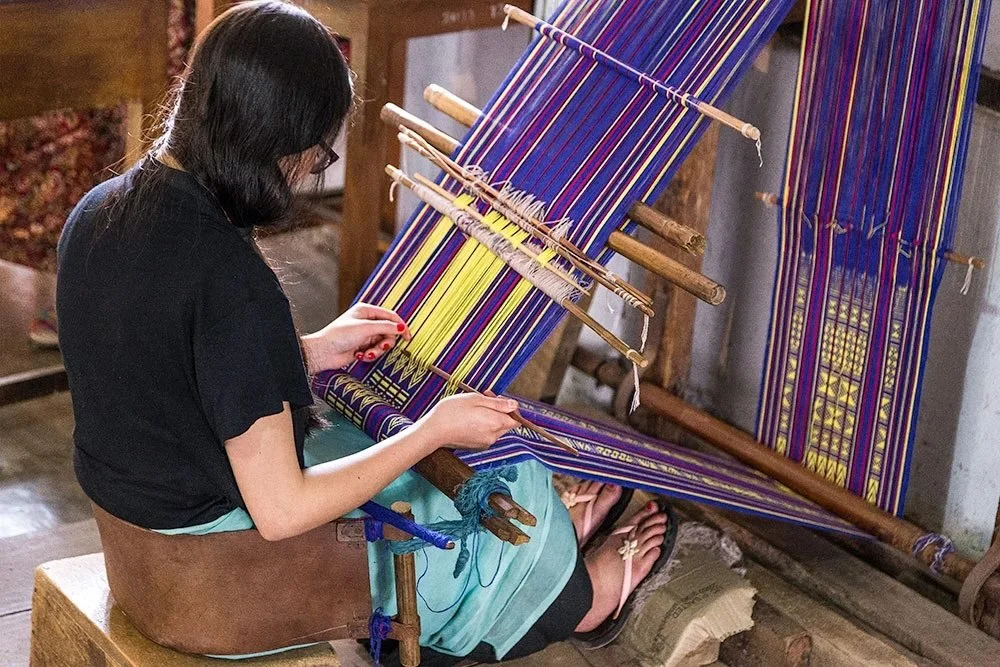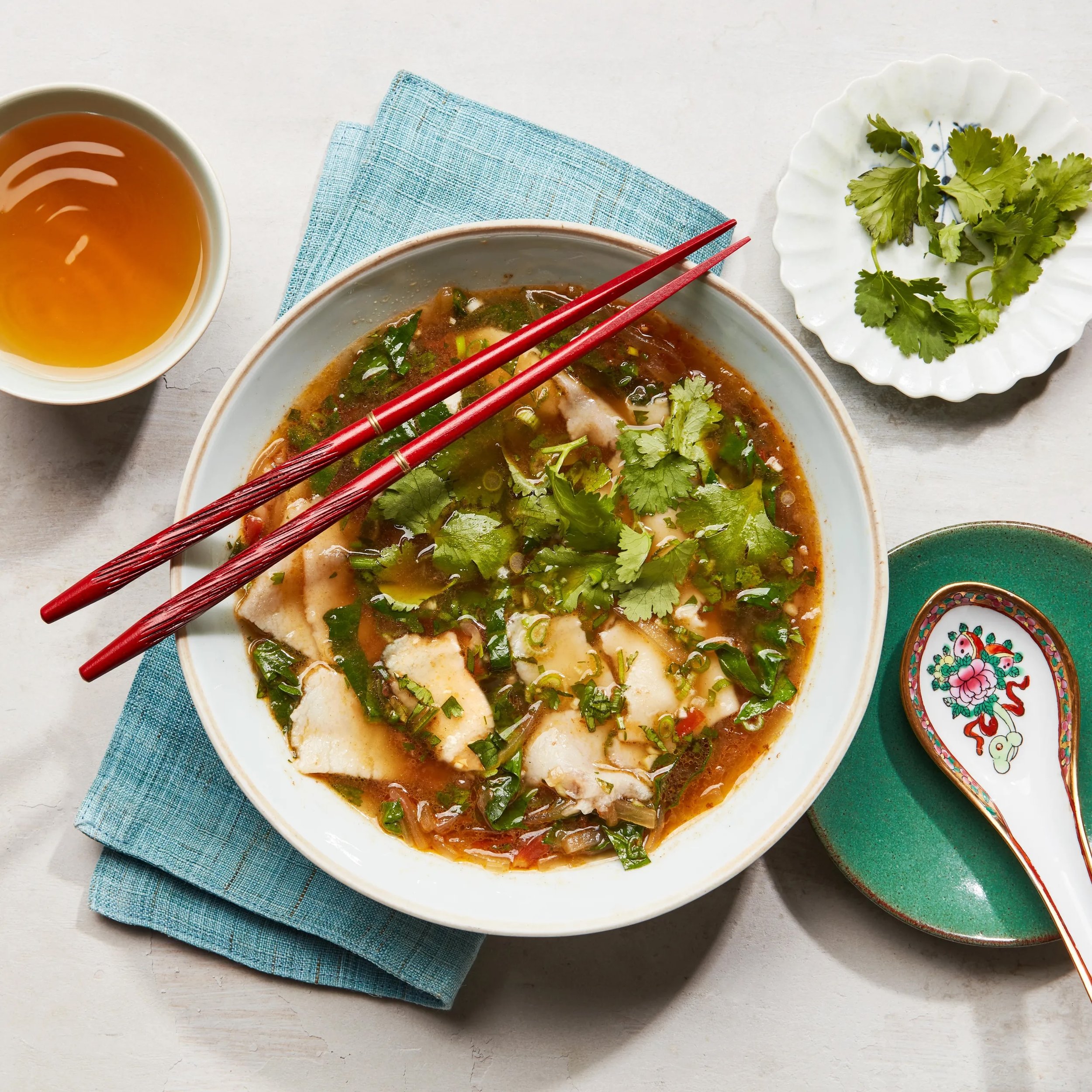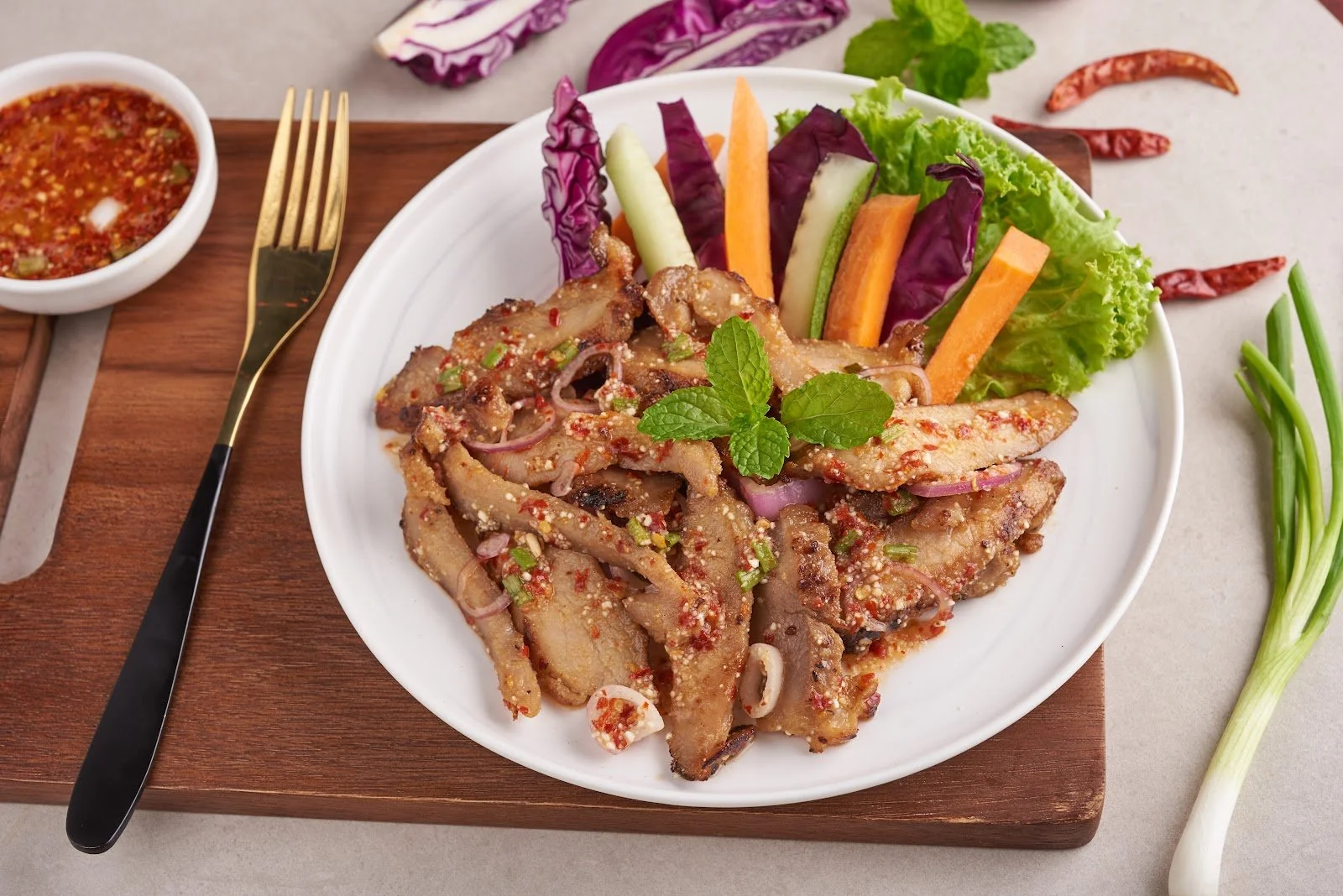Sikkim Food Heritage Walks: 5 Authentic Culinary Tours You Must Join
Sikkim may be a small state, but its food culture is one of the richest in the Himalayas — shaped by Lepcha, Bhutia, and Nepali communities, the region’s high-altitude vegetation, and centuries-old fermentation, preservation, and foraging practices.
If you’re a traveller who believes the soul of a place lies in its kitchens and marketplaces, then Sikkim’s food heritage walks are an experience you must not miss. These curated walks take you through family-run eateries, traditional brewing homes, spice-laden bazaars, monastery kitchens, and community villages where food is still prepared using old Himalayan techniques.
Below are the top five food heritage walks in Sikkim, complete with details on who to contact, what you’ll eat, and when to go.
1. Gangtok Old Market Food & Culture Walk
Where: MG Marg → Lal Bazaar → Vishal Gaon
Organised by: Guide’s Hut and OurGuest Experiences
Best For: First-timers wanting a crash course in Sikkimese cuisine
This walk takes you deep into the sensory heart of Gangtok — its bustling local markets. You’ll start at MG Marg for classic favourites like steamy momos, then descend into Lal Bazaar, where vendors sell baskets of dalle khursani, wild-foraged herbs, yak cheese, squash blossoms, and fresh churpi.
What You’ll Get to Try
Gundruk soup and kinema curry
Handmade buckwheat noodles
Local millet snacks
Freshly brewed tongba
Homestyle thukpa with Lepcha spices
When It’s Held
Daily evening walks; weekends are busiest and most vibrant.
2. The Rumtek Monastery Community Kitchen Walk
Where: Rumtek Village
Organised by: Khangchendzonga Village Tourism Cooperative
Best For: Travellers curious about monastery food traditions
One of the most immersive experiences in Sikkim, this walk takes you through monastery kitchens where monks prepare food for daily rituals and special pujas. This is not just a food walk — it’s a cultural, spiritual, and anthropological journey.
What You’ll Get to Try
Butter tea made the traditional Tibetan way
Monk-prepared vegetable thenthuk
Rice cooked with local herbs
Sacred prasad during ceremonies
When It’s Held
Only during monastery “open days,” monthly prayer festivals, and pre-scheduled group tours.
3. The Rural Fermentation Trail of Dzongu
Where: Dzongu Reserve, North Sikkim
Organised by: Lepcha Homestay Collective
Best For: Adventurous eaters and sustainable tourism lovers
The Lepcha community preserves some of the oldest Himalayan fermentation techniques. This food walk combines trekking through village farms with tasting sessions inside traditional wooden homes.
What You’ll Get to Try
Freshly fermented soya kinema
Bamboo shoot preserves
Millet-based tongba
Smoked pork and dried river greens
Homemade millet pancakes with honey
When It’s Held
October to April, when roads are accessible and the fermentation season is active.
4. Namchi Street Food Night Walk
Where: Central Namchi
Organised by: Sikkim Travel Café
Best For: Street-food lovers and night photographers
Namchi’s night market is an unexpected explosion of flavours — smoky, spicy, aromatic, and bold. This guided walk is perfect for foodies who want to understand the modern evolution of Sikkimese cuisine.
What You’ll Get to Try
Pork ribs grilled with dalle chilli oil
Sel roti and potato tarkari
Buff momo and jhol broth
Lemon-honey herbal teas
Honeycomb-infused desserts
When It’s Held
Friday and Saturday evenings throughout the year.
5. Yuksom Heritage Village, Farm-to-Table Culinary Walk
Where: Yuksom, West Sikkim
Organised by: Local Yuksom Homestay Network
Best For: Slow travellers and organic farming enthusiasts
This unique walk takes you across forest trails, organic farms, and village homes where food is cooked on wood-fired stoves. You learn how altitude, weather, and ecology shape the region’s culinary identity.
What You’ll Get to Try
Farm-harvested nettle soup
Buckwheat crepes with wild honey
Free-range chicken curry
Fermented bamboo shoot pickles
Wild mushroom stir-fries
When It’s Held
From September to December, it is the best season for produce.
How to Plan Your Food Walk in Sikkim
How to Book
Contact the organising collectives directly on Instagram or WhatsApp
Opt for group tours for affordability
Choose homestays that offer cooking demonstrations
Best Season to Attend
Post-monsoon (Sept–Dec): Fresh produce, festival food
Winter (Jan–Feb): Fermented foods and warming broths
Spring (Mar–Apr): Wild herbs and foraged greens
What to Carry
A jacket (evenings get cold)
Water bottle
Cash for local vendors
An open, curious palate — many flavours are unique and intense
Why You Should Join a Food Heritage Walk in Sikkim
Because it’s not just about eating.
It’s about experiencing culture through kitchens, understanding Himalayan ecology, listening to local stories, and appreciating culinary traditions that have survived for centuries.
These food walks add depth, warmth, and authenticity to any Sikkim trip — and leave you with flavours that stay long after the journey ends.











